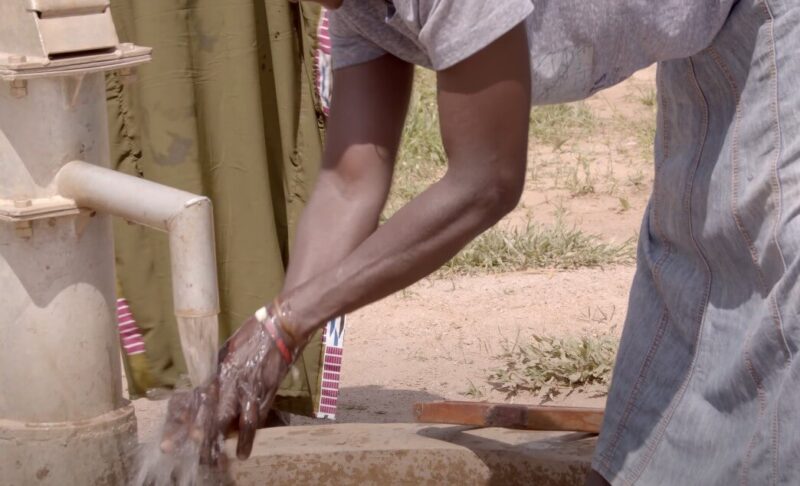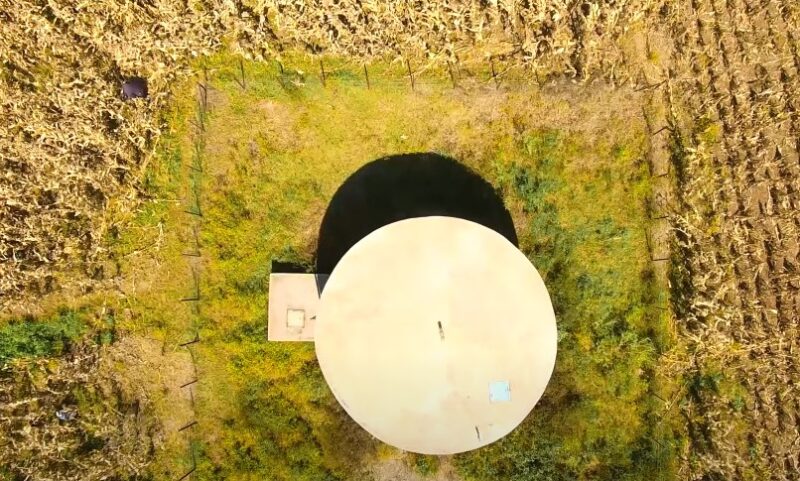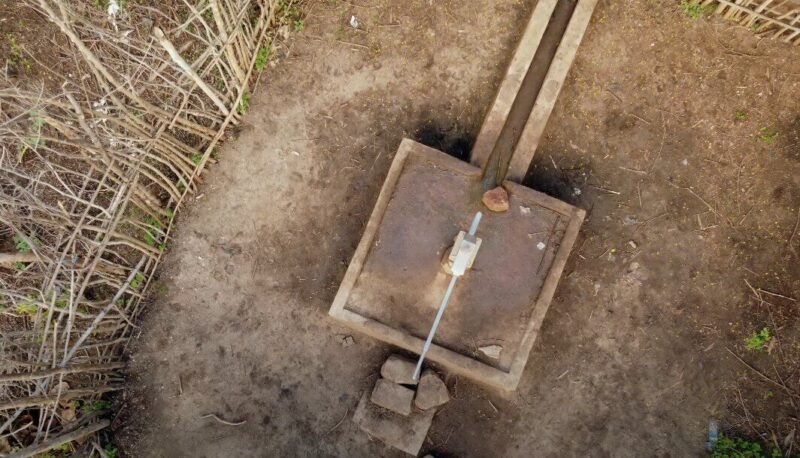The quest for reliable and accessible sanitation services poses a persistent challenge. While urban areas often enjoy the benefits of comprehensive infrastructure and resources, many rural communities across the United States grapple with the harsh realities of inadequate sanitation systems. T
From the rolling hills of Appalachia to the vast prairies of the Midwest, rural residents often find themselves confronted with a stark reality: limited access to proper wastewater treatment, outdated septic systems, and the financial burden of upgrading aging infrastructure.
These challenges not only jeopardize public health and environmental well-being but also hinder the overall quality of life in these often-overlooked regions.
Key Takeaways
- Rural communities across the United States face persistent challenges in accessing reliable and affordable sanitation services.
- Inadequate infrastructure, funding constraints, and geographic isolation are among the primary obstacles hindering progress.
- Community-driven initiatives and innovative solutions are emerging to address the unique needs of rural areas and improve outcomes.
- Addressing the state of rural sanitation is crucial for safeguarding public health, environmental sustainability, and the overall quality of life in these communities.
- Collaborative efforts involving local governments, nonprofit organizations, and residents are essential in developing and implementing effective rural strategies.
The Challenges of Rural Sanitation

While access to proper sanitation infrastructure is a critical issue for communities across the United States, rural areas face unique challenges that make addressing this problem particularly difficult.
From a lack of funding and infrastructure to geographic isolation and accessibility issues, residents in rural parts of the country often struggle to maintain adequate sanitation systems.
Lack of Infrastructure and Funding
One of the primary obstacles rural communities face is the limited availability of sanitation infrastructure. Many small towns and remote areas lack the basic plumbing, sewage treatment facilities, and waste management systems that are essential for proper waste disposal and hygiene.
This lack of infrastructure is often compounded by a shortage of funding, as rural regions frequently have fewer financial resources to allocate towards upgrading or building new sanitation systems.
Geographic Isolation and Accessibility Issues

The geographic isolation of many rural areas also poses significant challenges for improving sanitation. Guatemala is one such an example. Scattered populations and long distances between homes and towns can make it difficult and costly to install and maintain centralized sanitation networks.
Additionally, the rugged terrain and limited accessibility in some rural regions can hinder the ability of services and resources to reach those in need.
Addressing the unique obstacles faced by rural communities in maintaining adequate sanitation will require a multifaceted approach, focusing on infrastructure development, targeted funding, and innovative solutions tailored to the specific needs of these areas.
Only then can we ensure that all Americans, regardless of their geographic location, have access to the essential sanitation services that are critical for public health and environmental protection.
Exploring Innovative Solutions

As rural communities grapple with the challenges of limited infrastructure and geographic isolation, they are pioneering innovative rural sanitation solutions to improve access to safe and reliable sanitation services.
One such innovative approach is the use of composting toilets, which transform human waste into valuable fertilizer without relying on water-intensive systems. These eco-friendly solutions not only conserve precious water resources but also empower rural residents to manage their own waste disposal in a sustainable manner.
Another groundbreaking initiative involves the installation of solar-powered sanitation facilities. By harnessing the power of the sun, these off-grid systems provide reliable and affordable access to sanitation, even in the most remote areas.
Furthermore, rural communities are embracing community-driven sanitation initiatives that promote collective responsibility and ownership. Through education, training, and collaborative problem-solving, these programs are empowering residents to take an active role in maintaining and improving their local sanitation infrastructure.
The journey towards achieving universal access to sustainable sanitation practices in rural areas may be daunting, but the innovative solutions emerging from these communities offer a glimmer of hope.
Conclusion
As we reflect on the insights uncovered throughout this article, it’s clear that improving rural sanitation remains a pressing challenge, yet one brimming with opportunities for meaningful change. The road ahead may not be without obstacles, but with the collective efforts of communities, policymakers, and dedicated stakeholders, the future of rural sanitation holds great promise.
Your role as a community member is vital in supporting these efforts. By actively engaging with local initiatives, advocating for increased funding and infrastructure investments, and fostering a sense of shared responsibility, you can help drive the progress necessary to ensure equitable access to proper sanitation services in rural areas. Together, we can work towards a future where every household, regardless of its geographic location, has the basic necessities to maintain good health and well-being.
With innovative solutions, a steadfast commitment to community involvement, and the unwavering support of those who recognize the importance of rural sanitation, we can make significant strides in improving the quality of water and life for millions of individuals living in rural communities across the United States. Let us embrace this challenge and forge ahead, one step at a time, towards a more sustainable and inclusive future for all.

